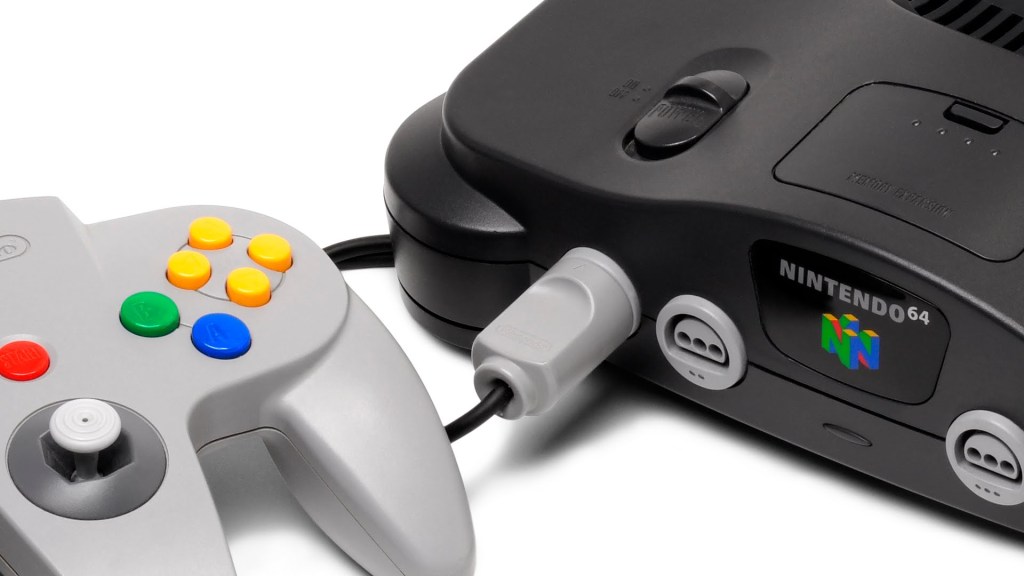The Nintendo 64 is a difficult console to judge. While well-regarded in its time, the system endured plenty of struggles. Sticking with cartridges while the PlayStation embraced CDs drove developers away, and many gamers who grew up on the NES and SNES also flocked to Sony for a new generation of more mature games.
But more than 20 years after the last official N64 release, the console still has a devoted fanbase who not only go back to classics like Super Mario 64 and The Legend of Zelda: The Ocarina of Time, but also underrated gems like Mystical Ninja starring Goemon and Snowboard Kids. If you’ve read up on the N64, you probably know all about the ill-fated 64DD add-on or that Final Fantasy VII was initially slated for the consoles, but these are 15 things about the N64 you probably never knew until now.
15. The N64 Launched with Only 2 Games in the U.S. and 3 Games in Japan
Nowadays, it’s almost unheard of for a console to launch with less than a dozen titles. Even the ill-fated Google Stadia service had 22 games available on launch day. But when the N64 hit shelves in the U.S. on September 30, 1996, the only two games available were Super Mario 64 and Pilotwings 64. That’s it. Those were your options. Crusi’n USA was also meant to be a launch title, but it was delayed just weeks before launch due to quality concerns. And it still wasn’t a great port when it was later released that December.
At least Japan saw a third launch game in Saikyō Habu Shōgi, a virtual version of the popular Japanese board game shogi. Yeah, there was no chance of that ever coming West, and it actually didn’t even sell that well in Japan despite the dearth of launch titles.
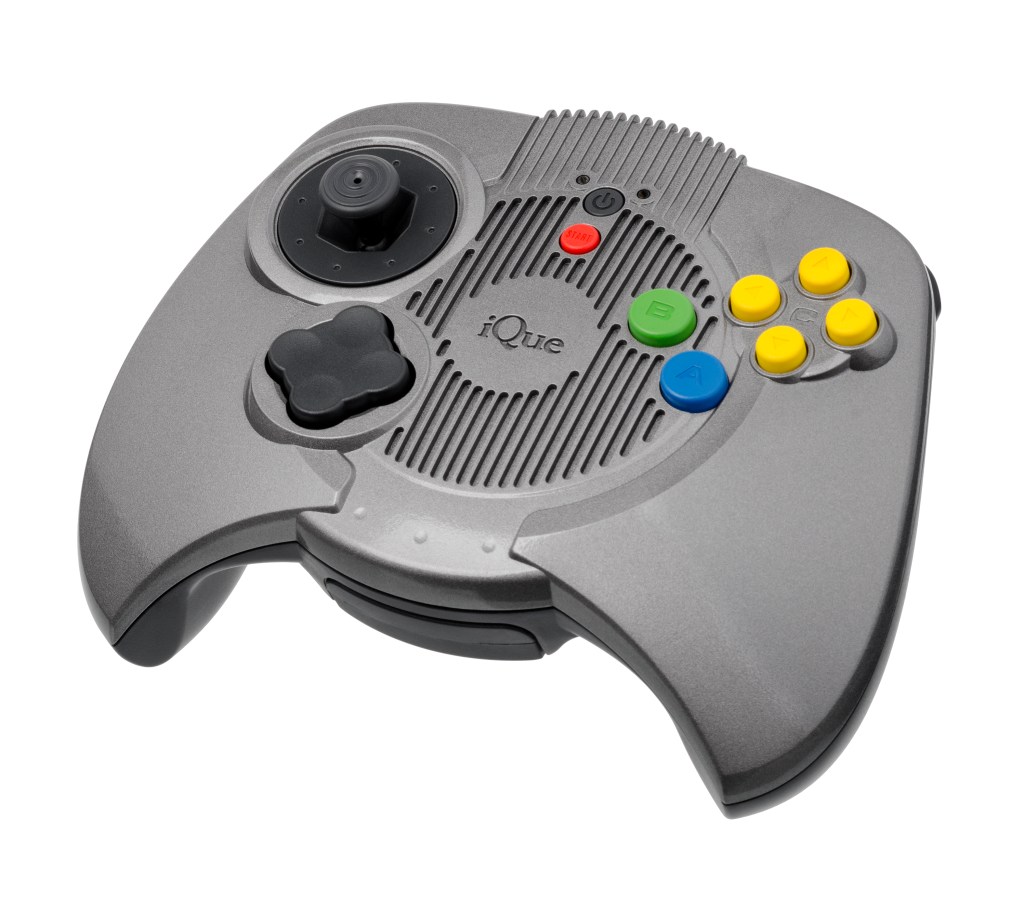
14. Nintendo Supported a Version of the N64 In China Through 2016
The last official N64 game was a port of Tony Hawk’s Pro Skater 3, released in the U.S. in August 2002. That wasn’t the end of the console’s story, though. In 2003, Nintendo announced plans to enter the Chinese market with the iQue Player. Due to a ban on home consoles and piracy issues in China, the iQue player was essentially a modified N64 controller that required all games to be downloaded first at a store and later at home.
Unsurprisingly, sales were not great, though it’s notable that the iQue Player version of some games are considered better for speedrunning. Interestingly, the 14 games released for it included Sin and Punishment, Custom Robo, and Animal Crossing, which were all notable for not being released for the N64 in the U.S. Nintendo continued to support the iQue Player through the end of 2016.
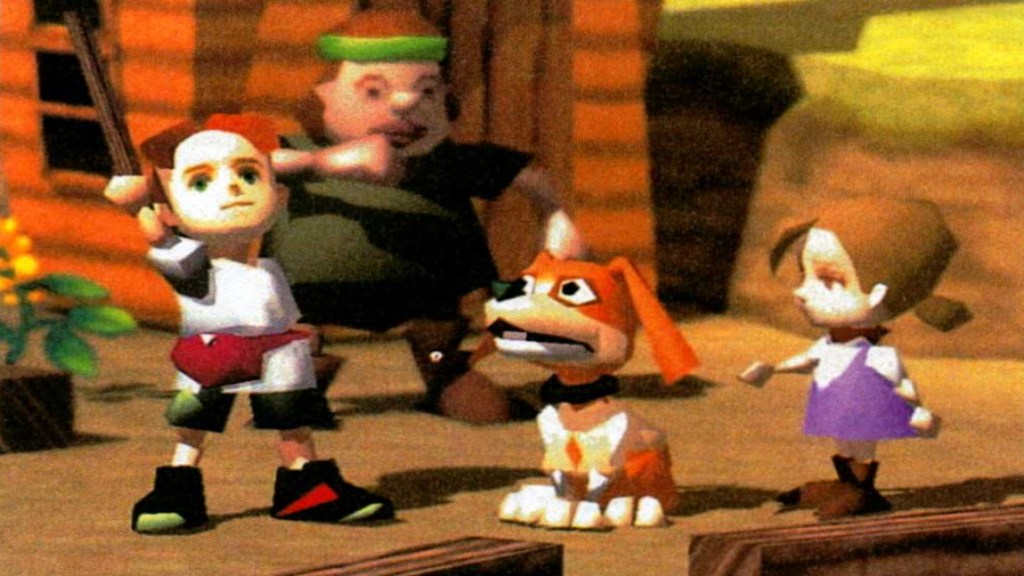
13. A Surprising Number of Notable N64 Games Were Ultimately Canceled
Worldwide, only 388 unique titles were released for the N64. Of those, only 296 games made it to North America. Despite the console’s somewhat small overall library, developers certainly had plans for many more N64. Actually, dozens and dozens of high-profile announced and unannounced N64 games were ultimately canceled due to a variety of factors.
Some of these games were simply ports of notable third-party titles like Diablo and Grand Theft Auto that appeared on PC and PlayStation. Other games, like Resident Evil Zero, Dinosaur Planet, and Eternal Darkness were ultimately retooled and showed up on the GameCube. Then you have all the once-hyped titles that just slowly faded away with little fanfare at the time (like the N64 version of Mother 3). Outside of those slightly more high-profile projects, a few promising titles like the unique platformer Freak Boy and space sim Robotech: Crystal Dreams were scrapped entirely along the way. Canceled games are a common part of any console’s lifespan, but few console libraries are quite as “cursed” as the N64’s.
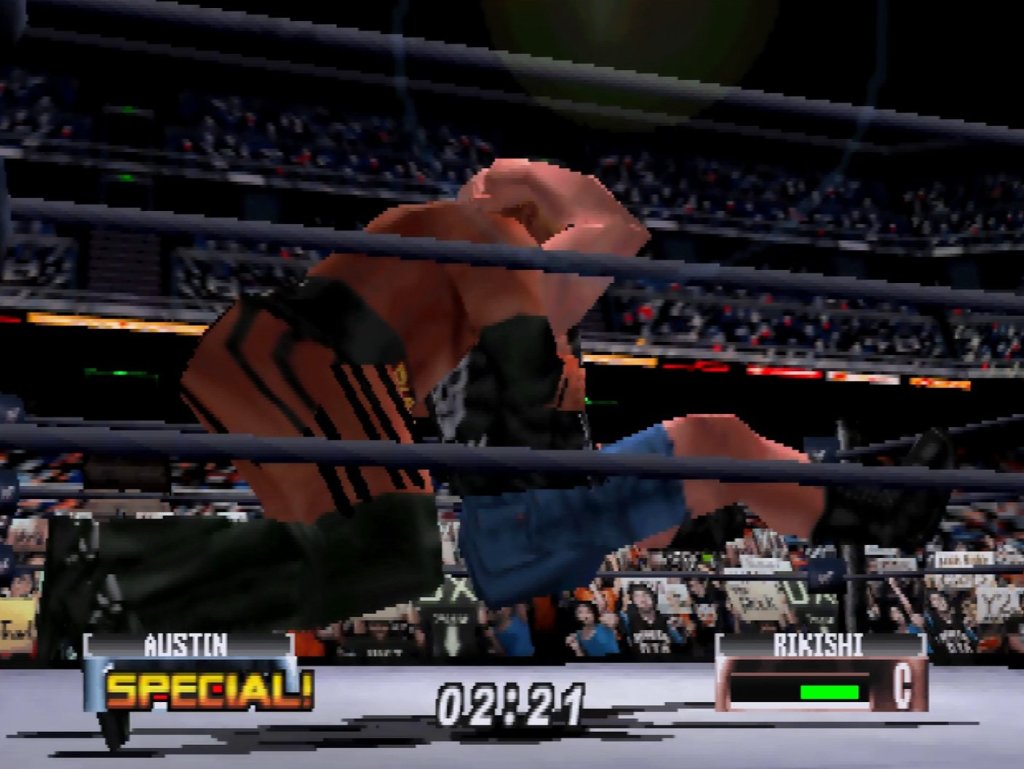
12. WWF No Mercy has an “Unofficial Roster” You Can Easily Create
Since the N64 arrived in the midst of the infamous Monday Night Wars between the WWF and WCW, the console was home to an unusually large number of professional wrestling games. Several of these games are excellent, but none is more beloved than WWF No Mercy: a game still praised more than two decades after its release for its simple-to-learn gameplay and wealth of customization options. Many fans will tell you it’s still the best wrestling game ever made.
By default, the game has a huge roster of stars from the Attitude Era, but there are also some odd omissions like vampire wrestler Gangrel and former tag team champions The Headbangers. Well, you can actually make pitch-perfect versions of these superstars in the create-a-wrestler mode though, plus a few others (like Shane McMahon’s cronies from the Mean Street Posse). Mind you, these aren’t coincidental creation possibilities. The game even includes all of their pictures. And while they don’t include customization options that are quite as obvious, you can also use this mode to make really, really close versions of wrestlers like Hulk Hogan and Ric Flair who were signed with WCW at the time.
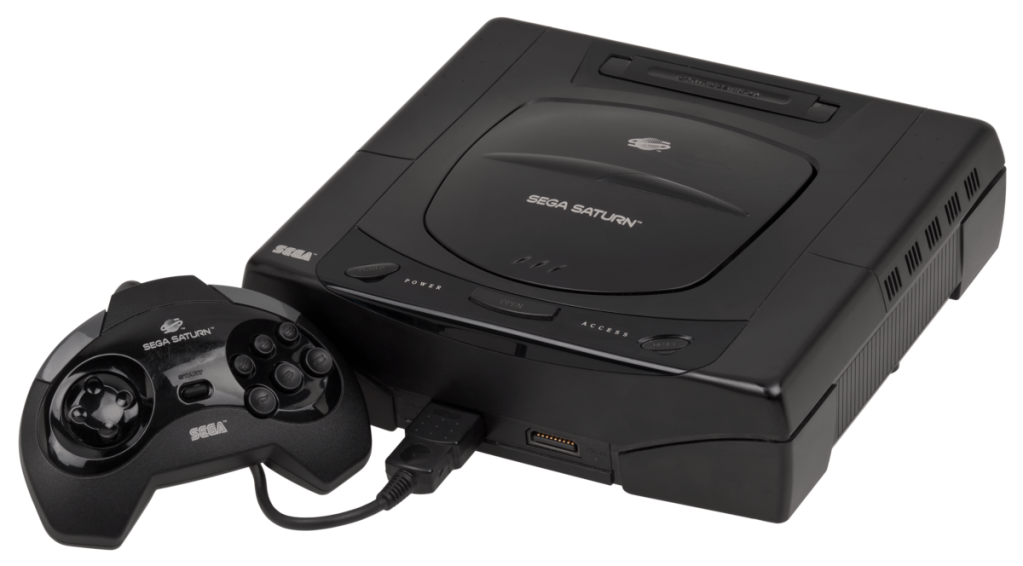
11. Both the Sega Saturn and Sony PlayStation Outsold the N64 In Japan
It’s not really fair to call the N64 a failure, but it did underperform compared to the NES/Famicom and SNES/Super Famicom. While it’s well known that the PS1 took a healthy lead over the console in the U.S., Nintendo held a comfortable second place stateside (even if the 20 million N64s that were sold in the U.S. didn’t quite match the success of the SNES). The story was very different in Japan, though.
Sony’s console easily dominated the sales race in Japan by moving an estimated 19 million units in that country. The N64 sold only about 5.5 million units in Japan, which was actually bad enough to put the N64 in third place for that console generation. Yes, the N64 even lost to the Sega Saturn (which moved around 5.8 million consoles in that country). Interstingly, the N64’s poor sales in its home country have been largely attributed to the lack of RPGs for the console.
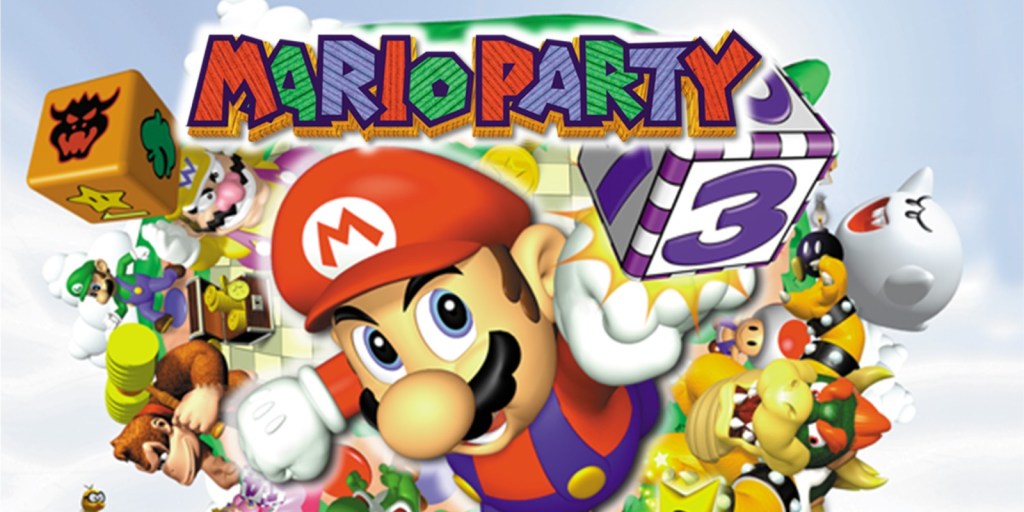
10. Mario Party Cost Nintendo Thousands of Dollars (And a Lot of Gloves)
The Mario Party series debuted on the N64 in 1999, launching a massive new franchise for Nintendo. However, not everyone who played the game was thrilled. Several minigames in the first Mario Party required players to rotate the N64’s analog stick as quickly as possible, resulting in about 90 complaints of injuries to the New York attorney general’s office.
To settle the complaint, Nintendo agreed to pay the state’s $75,000 in legal fees, and offered up to four pairs of fingerless gaming gloves to owners of the game who requested them. At the time, it was widely reported that the gloves could cost Nintendo around $80 million. It’s unclear exactly how many people requested the gloves, though the final amount Nintendo paid for the gloves was likely much lower than that. The complaints also had the unintended effect of Nintendo removing stick-rotating games from most Mario Party sequels, and the company wouldn’t even re-release the first Mario Party until 2022.
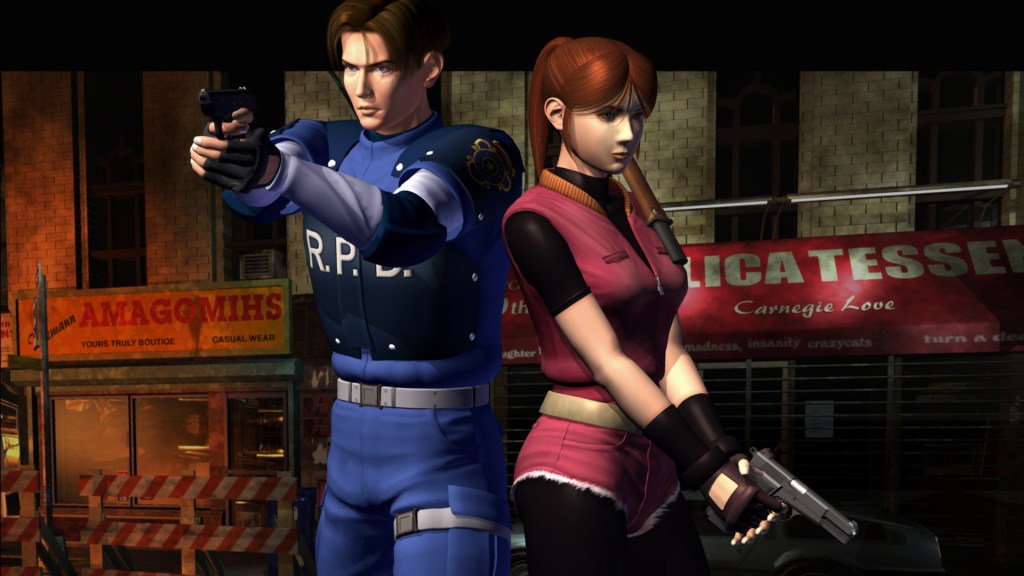
9. Resident Evil 2’s N64 Port Is One of the Most Technically Complex Games Ever
Resident Evil 2 really shouldn’t have worked on the N64. It’s not that the actual gameplay was that difficult to port, because it’s not. But this was a game that was initially built specifically for the PlayStation and that was designed to ship on two CD-Roms (each capable of holding 700 MB of data). By comparison, the largest N64 cartridge could only hold 64 MB of data.
What a small team of developers from Angel Studios (now Rockstar San Diego) accomplished with the N64 port of Resident Evil 2 is nothing short of digital sorcery. Digital Foundry delved into the nitty gritty of it several years ago, but basically, the team used every novel trick in the book from constantly switching resolutions to using a whole new sound system in order to preserve a massive game with only a minimal drop in quality. As if preserving the title wasn’t impressive enough, they were even able to add an item randomizer, a new control scheme, and new in-game files that connect to other titles in the series. Even if it’s not the best-looking version of the game, some people still prefer it just for those additions.
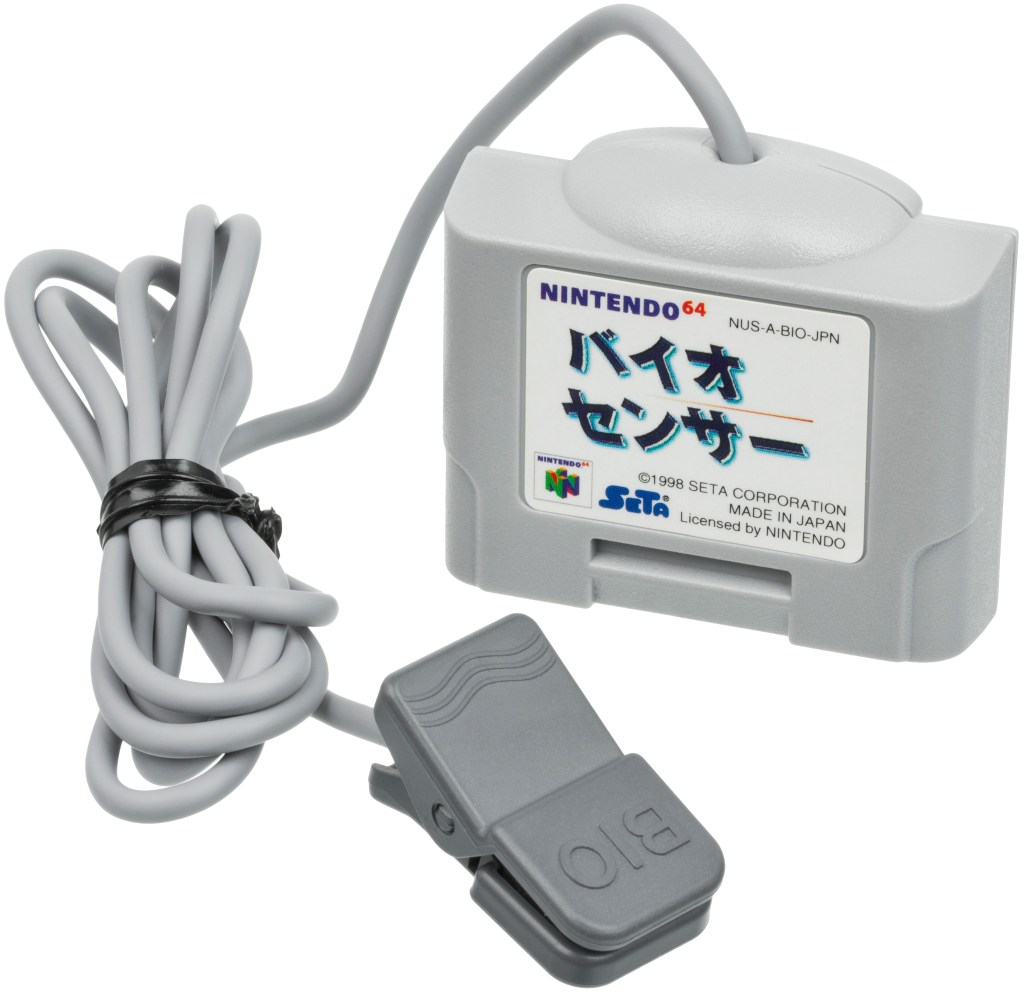
8. Japan Got a Tetris Game You Controlled With Your Heartbeat
Nintendo consoles have historically been home to lots of gimmicky peripherals, and even the N64’s small library was no exception to that trend. In 1998, the very first four-player version of the beloved puzzle game, Tetris 64, hit Japan along with an included Bio Sensor you attached to your ear. The Bio Sensor measured your blood pressure, and depending on which mode you chose, higher blood pressure would either speed up or slow down the falling pieces.
By all accounts, the Bio Sensor didn’t really add much to the gameplay, and both The New Tetris and Magical Tetris Challenge, which were released in North America, are generally considered to be superior versions of the puzzler. No other N64 game even bothered to support the Bio Sensor.
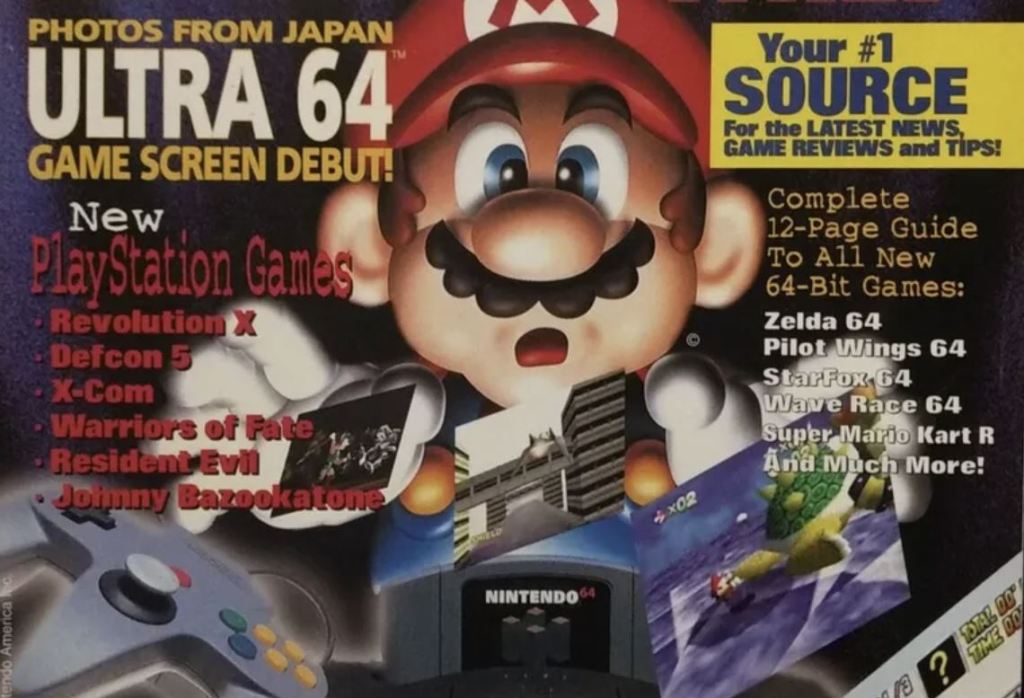
7. The Console’s Name Was Changed from Ultra 64 to N64 to Have the Same Name Worldwide
If you played Killer Instinct or Cruis’n USA in an arcade in 1995, you’d have seen onscreen messages about the games coming soon to the “Ultra 64.” That was the console’s original name when it was first announced in 1994, with the company initially planning to market it as the “Ultra Famicom” in Japan and the “Nintendo Ultra 64” in the rest of the world, similar to how the first two Nintendo consoles were called “Famicom” in Japan.
EarthBound director Shigesato Itoi proposed simply calling the system the Nintendo 64. Why? Well, in a 1996 magazine interview, he mentioned how the name Nintendo had become so synonymous with gaming that he felt that reminding people this was a Nintendo would “pull a sumo move” that would force the competition out of the ring. He also noted that it was the “most orthodox” name, but it took courage to go with something so “utterly usual.” Still, Nintendo went with the name and used it globally to avoid confusion. Nintendo has stuck with similar global naming conventions ever since.
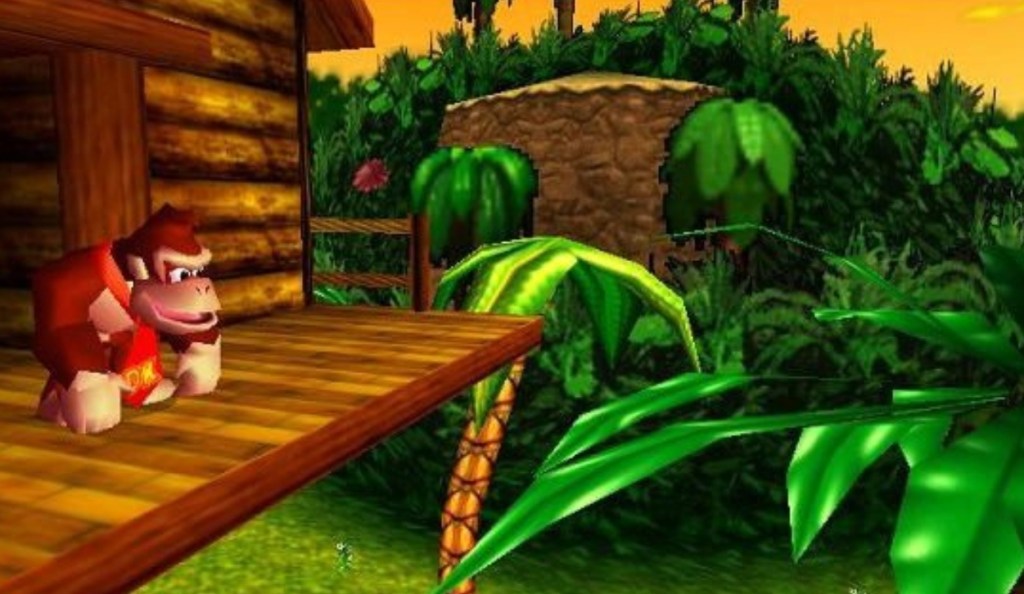
6. There’s Some Dispute as to Why Donkey Kong 64 Shipped with the Expansion Pak
Originally intended to assist in running 64DD games, Nintendo eventually shipped the Expansion Pak (which increased the console’s RAM from 4 MB to 8 MB) by itself in 1998. The Pak was mostly optional, increasing the resolution and other capabilities of certain games, but a handful of games required it to work at all. Notably, Donkey Kong 64 was the first title to require that extra RAM, so Nintendo bundled the pak with every copy of the game when it was released in 1999.
Over the years, something of an urban legend has developed which suggests that Donkey Kong 64 needed the Expansion Pak to circumvent a game-breaking bug the team just couldn’t squash. Normally, such gossip would be easy to ignore, but this particular story came from Chris Marlow: one of Donkey Kong 64‘s primary programmers. However, that same story has since been disputed by others who worked on the game. While Donkey Kong 64 certainly had its share of bugs, other developers claim that the decision to ship the game with extra RAM was made early on, and the Expansion Pak was actually required to power the game’s dynamic lighting system.
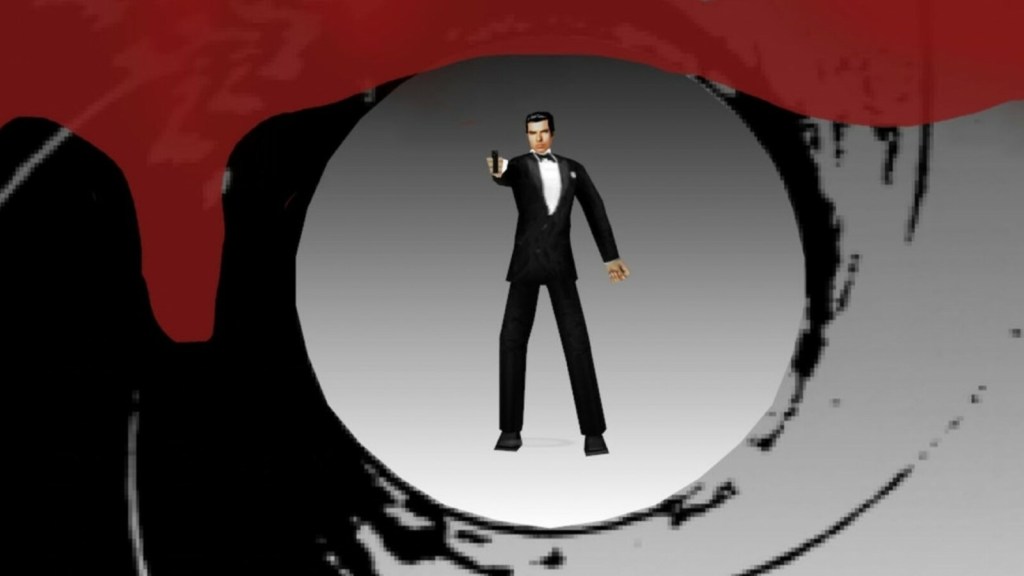
5. Shigeru Miyamoto Wanted GoldenEye 007 to End with Everyone Shaking Hands
Nintendo has long had a reputation for shipping games that are largely family-friendly. The first-person shooter GoldenEye 007 was a notable early exception to that trend. Even for the time, it wasn’t the most violent game, though early in development it actually was intended to be much gorier. Of course, Nintendo-exclusive games very rarely feature any shooting or blood at all.
In a 2015 interview, the game’s director, Martin Hollis, revealed that Mario creator Shigeru Miyamoto offered several suggestions for toning down the violence in the game. Among these, was to include an ending scene where James Bond would meet the characters he shot in the hospital and shake their hands. The team at Rare instead included a credits scene introducing the game’s characters, to make it appear more like they were portrayed by actors.
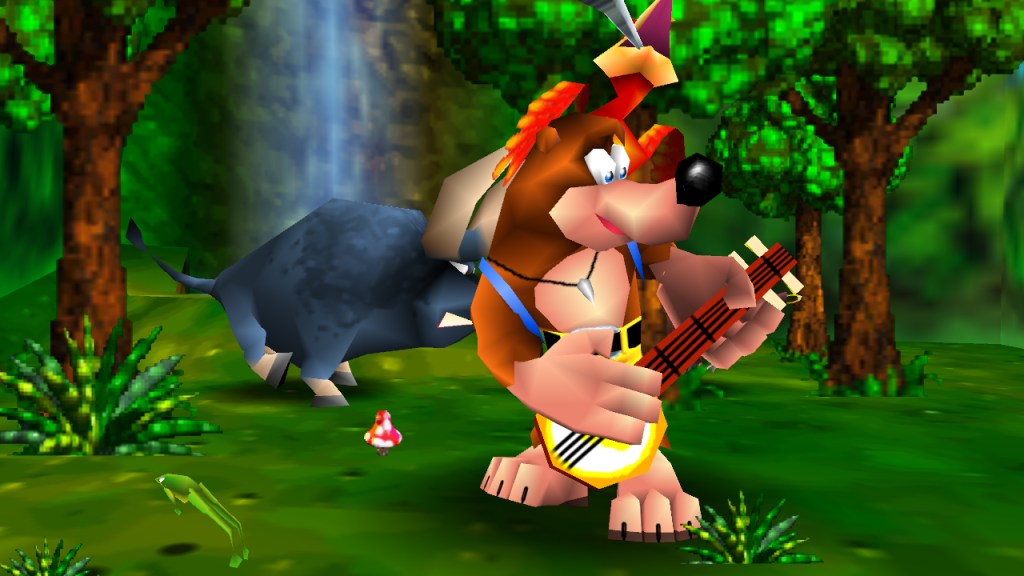
4. Banjo-Kazooie’s Stop ‘n’ Swop Worked on Older Consoles and Was Going to Link 6 N64 Games
Few secrets have been the source of as much speculation as Banjo-Kazooie’s fabled Stop ‘n’ Swop feature. Upon completing the game with 100 Jiggies, a brief scene showed an ice key and two large colorful Easter Eggs for use in the sequel, but there was no further information about how to collect them. It took two years for data miners to uncover codes that actually unlocked six Easter Eggs in the game, plus a hidden menu titled “Stop ‘n’ Swop.” And then Rare said absolutely nothing about the feature, only offering a completely unconnected method to obtain three of these eggs in the sequel, Banjo-Tooie.
It wasn’t until almost 20 years later that a former Rare software engineer confirmed (as long suspected) that Stop ‘n’ Swop would have worked by storing information in the N64’s RAM for a few seconds while it was powered off, which would allow the data to be moved between cartridges. And instead of just moving eggs between the Banjo games, it would have unlocked bonuses in Donkey Kong 64, Conker’s Bad Fur Day, GoldenEye 007, and Blast Corps as well. Despite successful testing, Nintendo nixed what would have been an incredibly cool feature over concerns about hardware revisions that might have prevented the console from storing data in RAM as long as necessary.
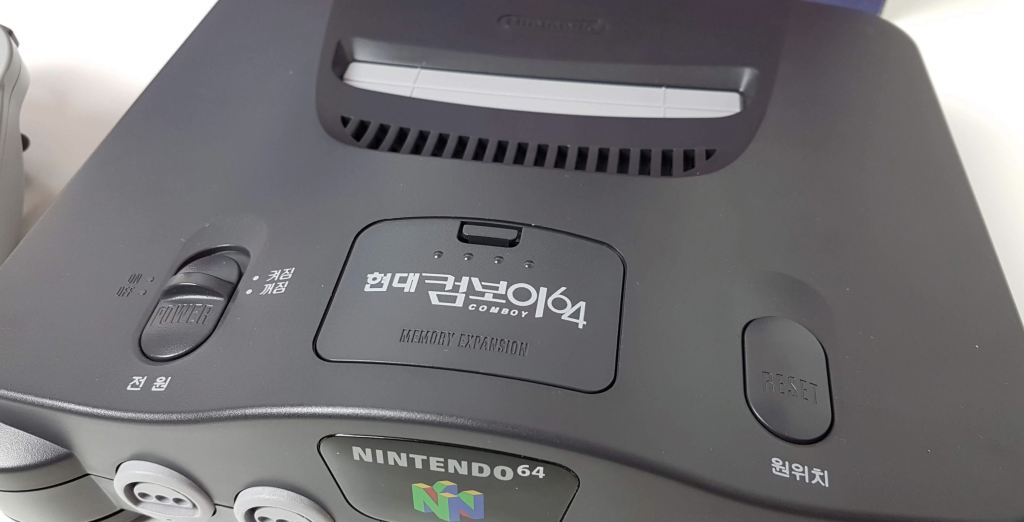
3. The Rarest Version of the Console Is the Bizarre Hyundai Comboy 64
Nintendo shipped quite a few different versions of the N64 during its lifetime, but the rarest version of the console was exclusive to South Korea. An import ban from Japan kept Nintendo from launching the N64 in South Korea as originally intended, so as a workaround, the company partnered with Hyundai to release the console, which also had to be renamed the Comboy 64.
But just as production of the Hyundai Comboy 64 began, the import ban was lifted, and Nintendo was able to release the regular old N64 in South Korea. A few of the Comboys made their way into stores, but they’re exceedingly difficult to track down now. Expect to spend at least $1,000 on one of the consoles, if you can even find one.
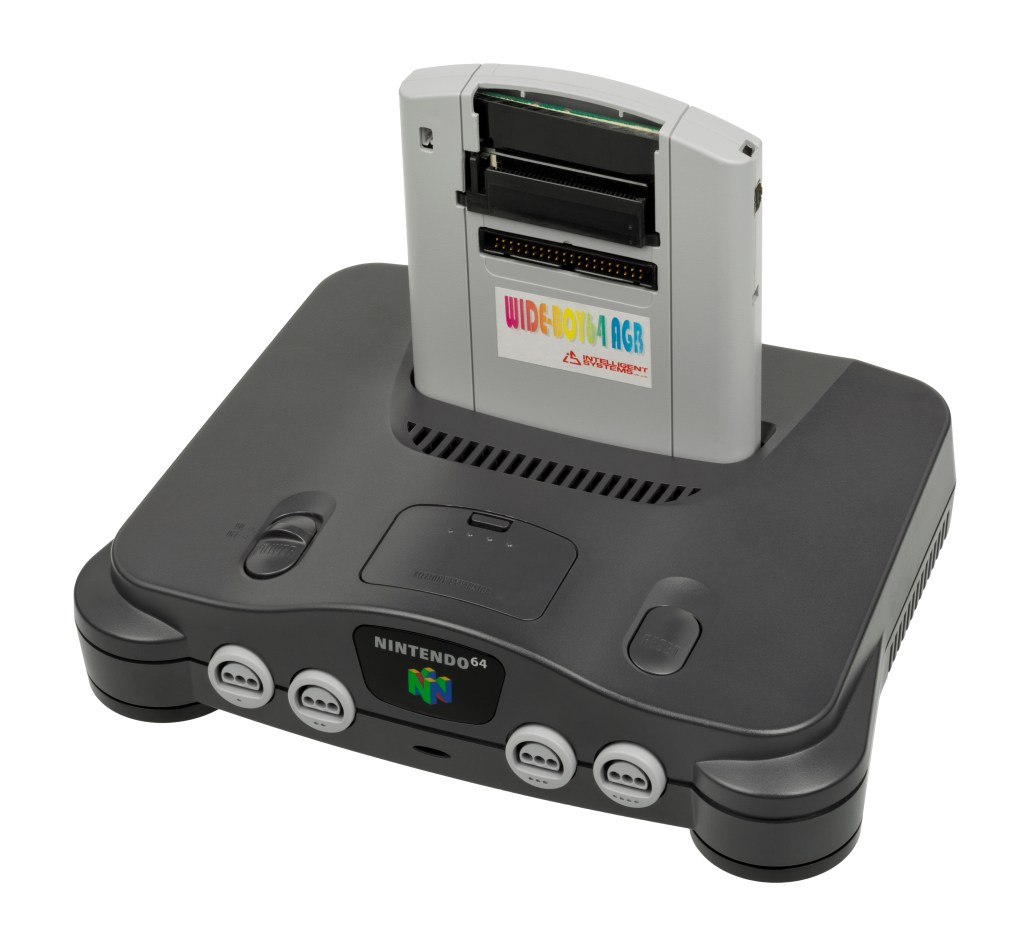
2. An Official Game Boy Player Was Sold Exclusively to Developers and the Gaming Press
Nintendo sold official add-ons to play Game Boy games on both the SNES and GameCube, but for whatever reason, never went all-in on this idea with the N64. There was the Transfer Pak, of course, but that was really only for moving data between certain Game Boy and N64 games, and rather confusingly, only played the first two generations of Pokémon Game Boy games through the Pokémon Stadium N64 titles.
There was one way to get an official N64 Game Boy adapter, though it wasn’t cheap or easy. Nintendo sold the hilariously named Wide-Boy 64 exclusively to developers, gaming magazines, and websites for a whopping $1,400. Journalists plugged the Wide-Boy 64 into the console’s cartridge slot to get better screenshots of portable games. A later version of the add-on even supported Game Boy Advance titles, but Nintendo had no interest in selling the Wide-Boy 64 to the public at large.
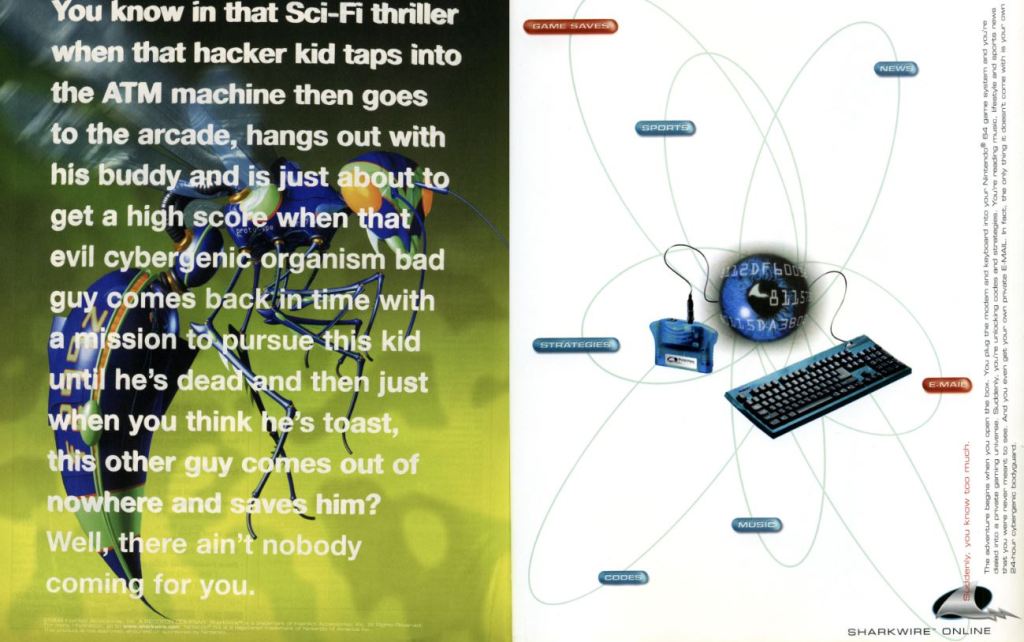
1. You Could Take the N64 Online With Sharkwire Online
Though Nintendo never intended it, there actually was a way to take your N64 online (and no, we’re not talking about using the 64DD).
In 2000, InterAct exclusively released the Sharkwire Online in the U.S. Though largely forgotten today (and pretty overlooked eve at the time of its release), the Sharkwire was a GameShark cartridge with an internal modem that also included a keyboard.
Once you connected to a phone line, and signed up for the $9.95/month subscription fee, you could use the Sharkwire Online to upload and download save data from a Controller Pak, download cheat codes directly from the internet, or look up articles about games from companies that partnered with InterAct. While the Sharkwire Online foreshadowed a lot of features that are common on consoles now, paying $10 a month for a really limited version of the internet wasn’t even a very good deal in the year 2000, and the peripheral found little success.
